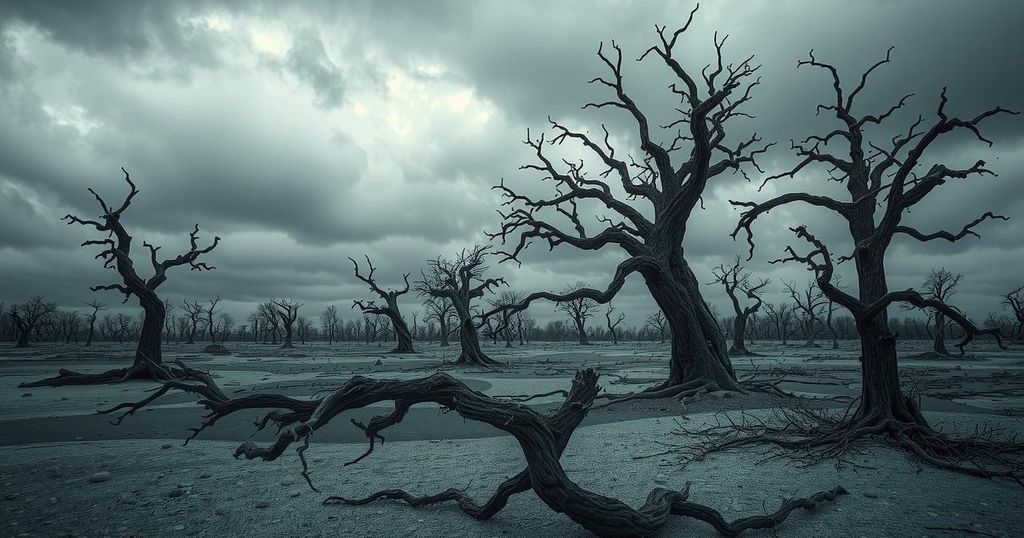Rwanda’s Crowned Cranes Make a Remarkable Comeback
- Rwanda’s crowned cranes faced extinction primarily due to habitat loss and pet trade.
- Olivier Nsengimana leads RWCA’s successful conservation efforts.
- Community involvement has been crucial in protecting wetlands and cranes.
Gray crowned cranes were once facing extinction in Rwanda.
The Inspiring Recovery of Rwanda’s Cranes Amid a disastrous situation about a decade ago, gray crowned cranes in Rwanda were a rare sight outside of private homes, primarily due to the exotic pet trade’s grasp and habitat destruction. Once abundant across East Africa’s wetlands, the populations dwindled to such a critical state that by 2017, there were reportedly more cranes in captivity than in the wild. Thankfully, there has been a remarkable turnaround led by passionate efforts, particularly from Olivier Nsengimana, who founded the Rwanda Wildlife Conservation Association (RWCA).
Efforts by RWCA transform community involvement and habitat protection.
Community-Focused Conservation Efforts The RWCA has implemented a unique strategy, focusing on collaboration rather than confrontation. Instead of punishing those keeping cranes as pets, the organization provided an opportunity for the owners to return the birds voluntarily through an amnesty approach. This initiative has drastically changed the game, resulting in a tripling of the crane population since 2017. Additionally, RWCA is working hard to protect the wetlands by involving local residents who monitor the environment and spread awareness about the ongoing conservation efforts. The grassroots involvement of the community has ensured a stronger, more sustainable habitat for these remarkable creatures.
Transnational partnerships enhance protection for cranes.
Expanding Conservation Beyond Borders Nsengimana’s visionary work extends beyond Rwanda’s borders since cranes naturally migrate across regions and require cooperation from neighboring countries. RWCA is actively collaborating with conservation groups in Uganda, Tanzania, and plans to engage Burundi in preserving the population. Supported by Uganda’s government’s dedication which has included legally protecting vital wetlands, the movement has fostered a regional commitment towards the cranes’ survival. Nsengimana’s exceptional contribution to conservation has not gone unnoticed and he has been awarded the prestigious 2025 Whitley Gold Award, his second distinction acknowledging his tireless efforts. Rwanda’s crowned cranes, once a symbol of decline, now represent hope for wildlife preservation and the impact of united community action.
In summary, the story of the gray crowned cranes in Rwanda illustrates how concerted conservation efforts, driven by community involvement and innovative approaches, can revive endangered wildlife populations. The RWCA’s success in increasing the crane numbers and protecting their habitats not only sets a precedent for environmental activism but also fosters cross-border cooperation vital for the management of migratory species. Under the guidance of Olivier Nsengimana, the cranes have transformed from a disappearing emblem of nature’s fragility to a testament of resilience and hope.




Post Comment